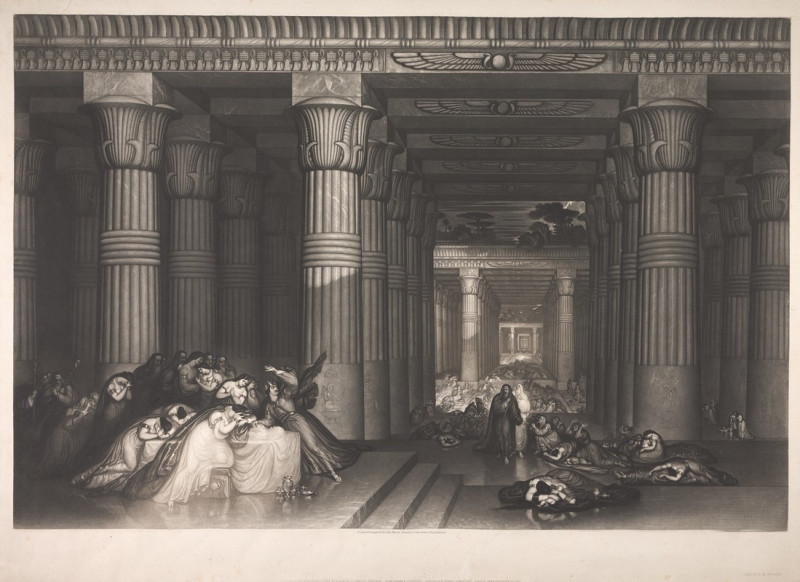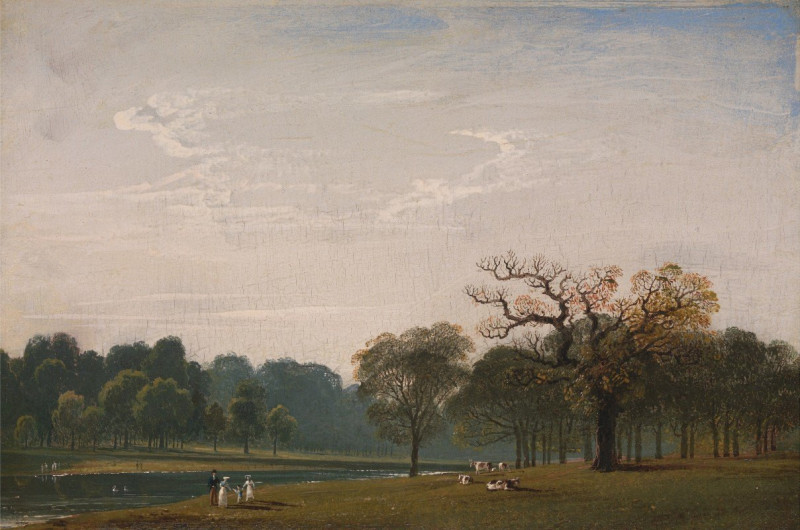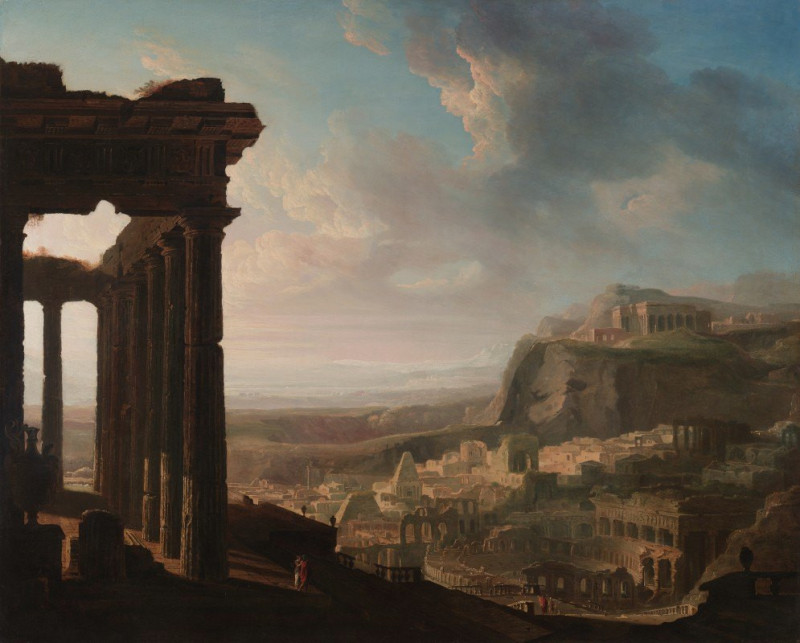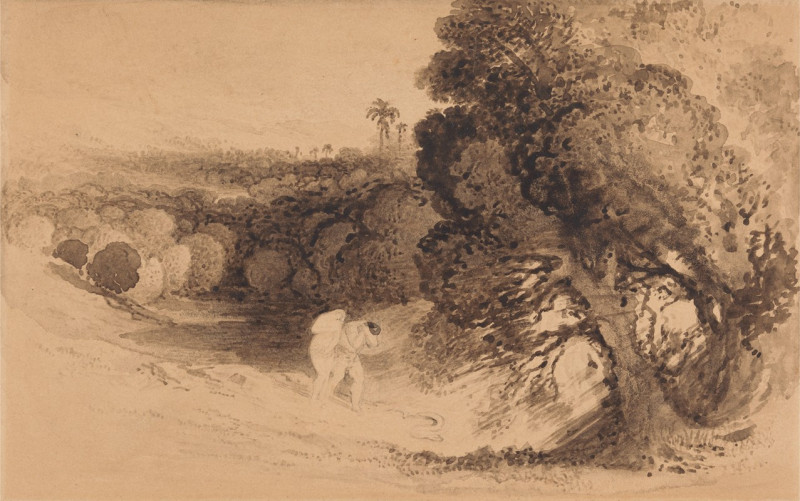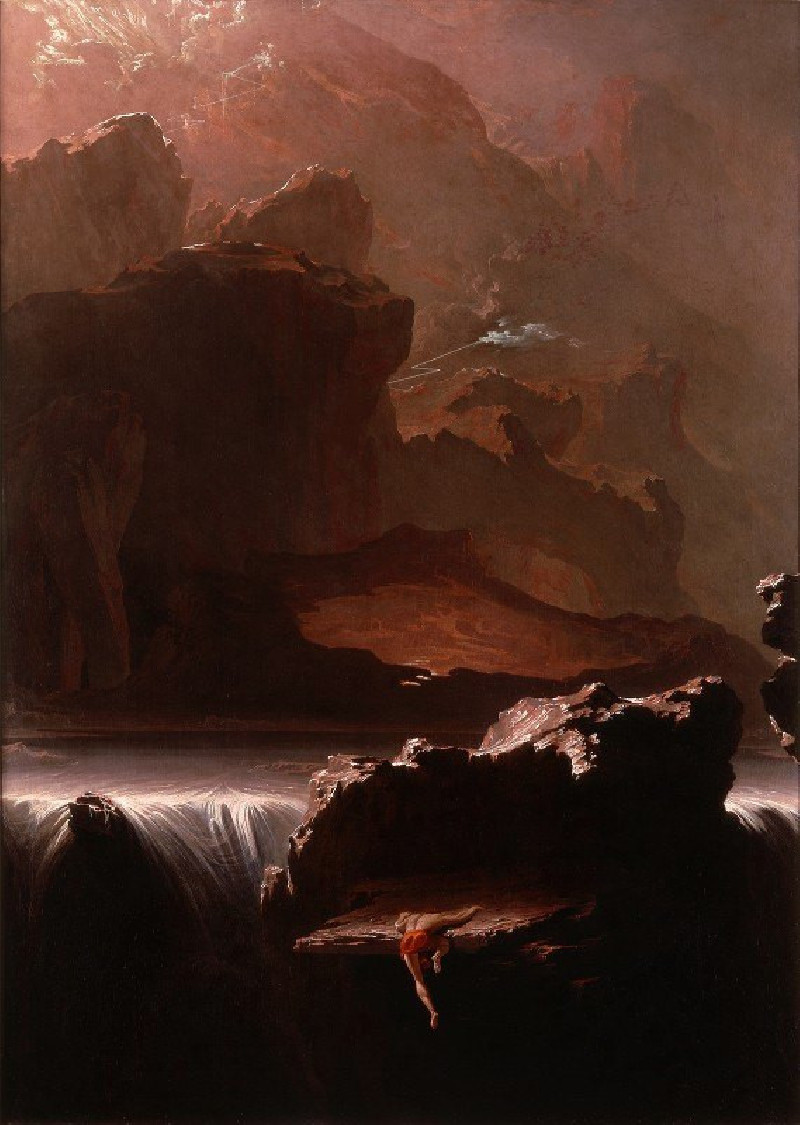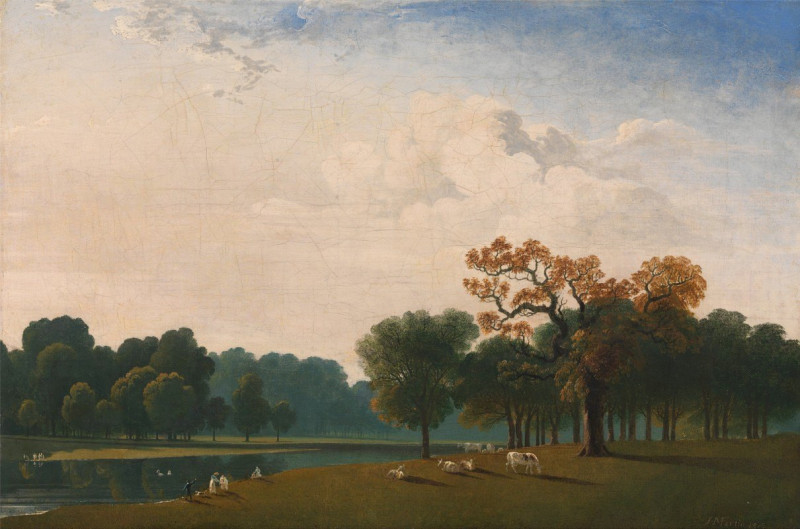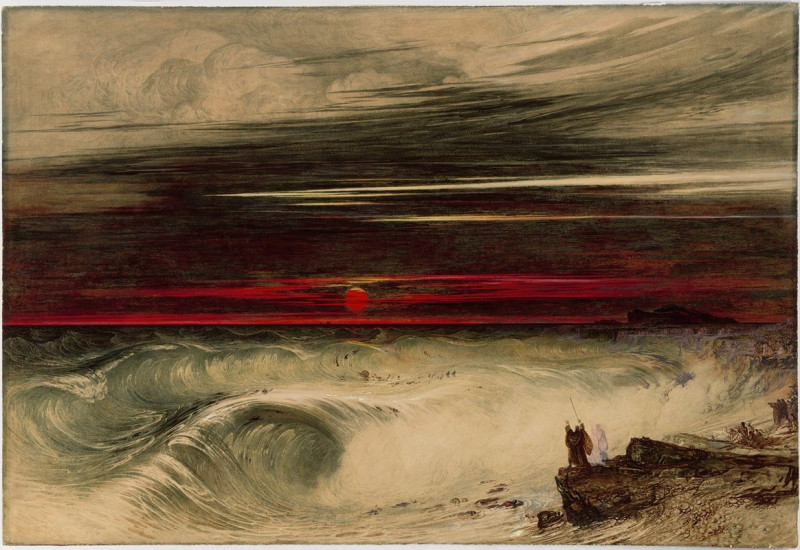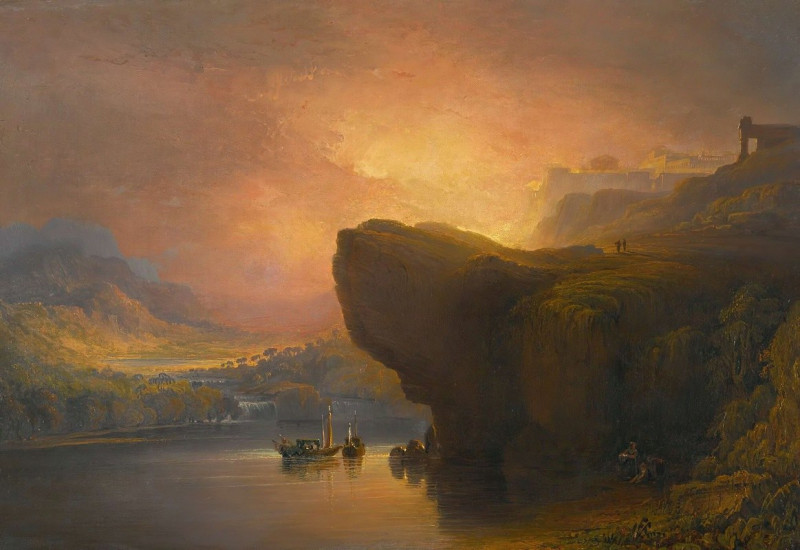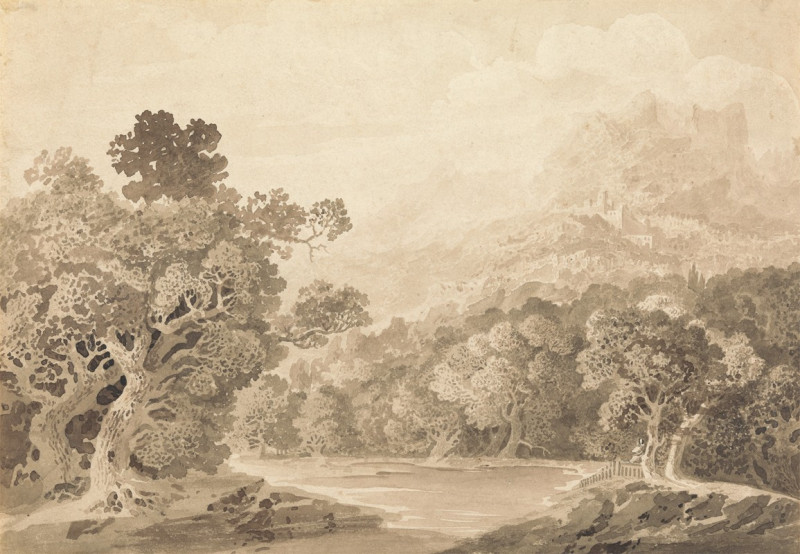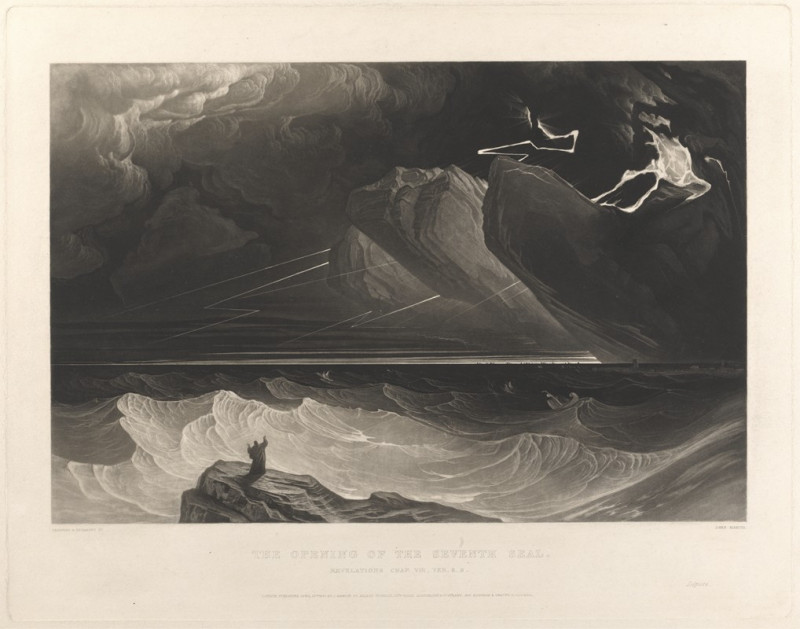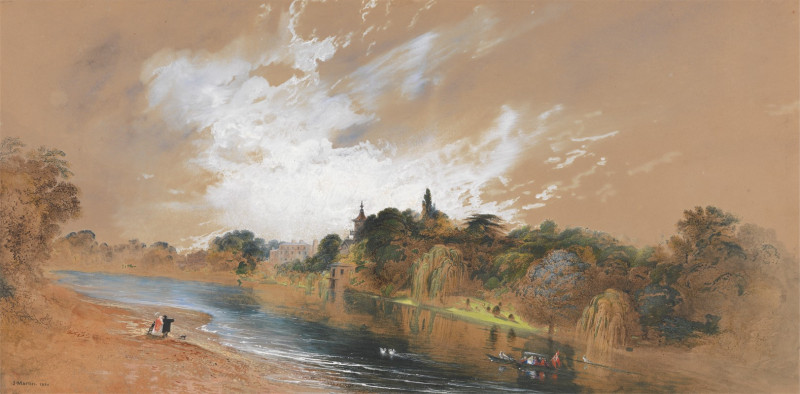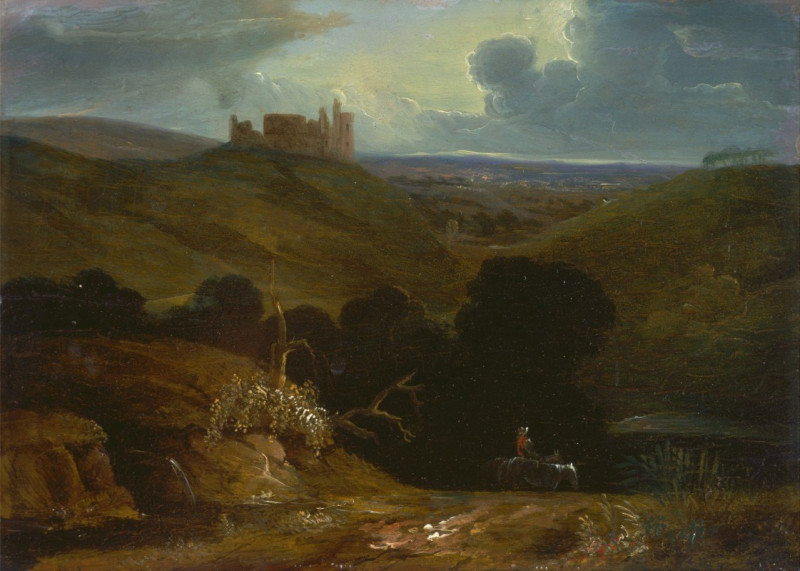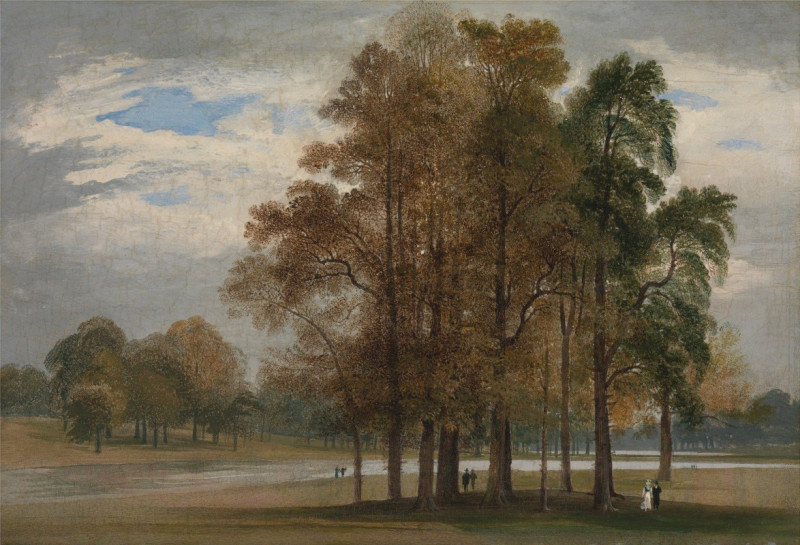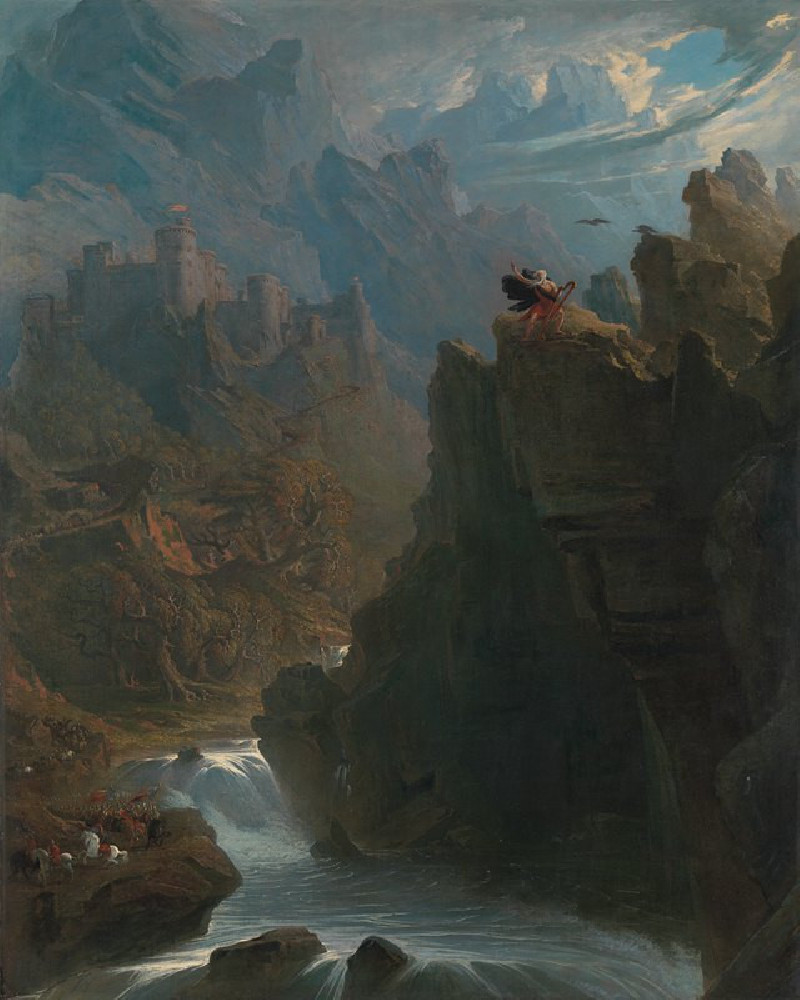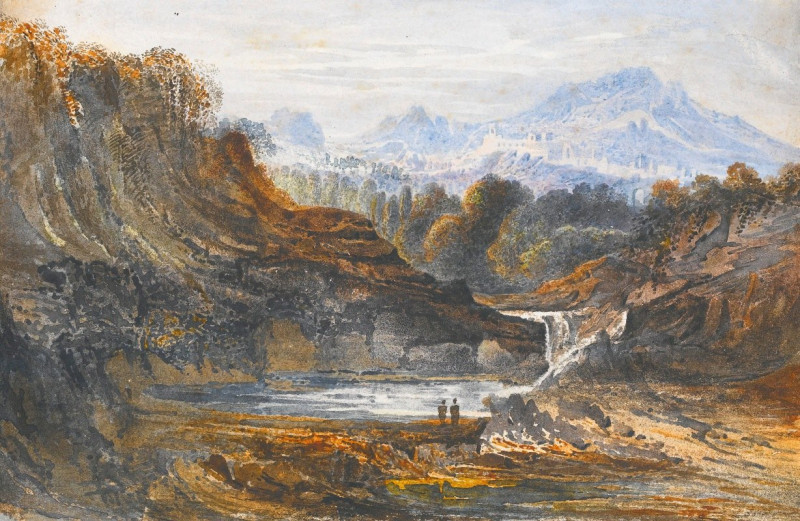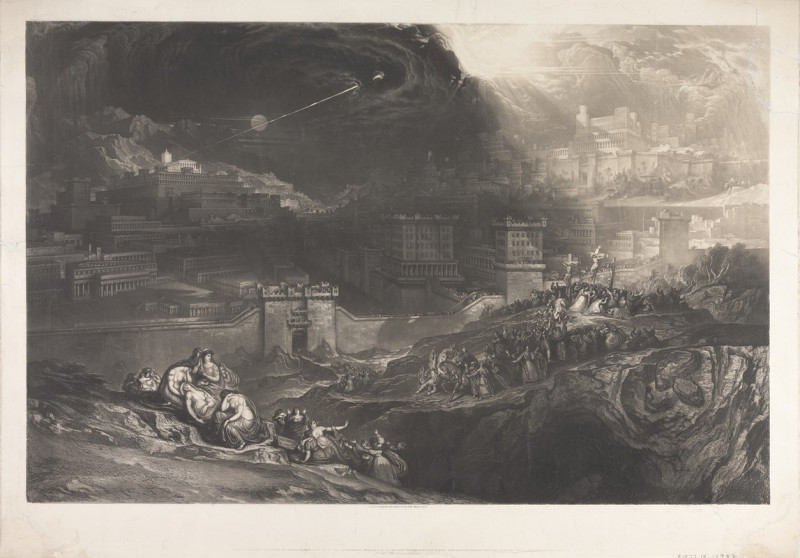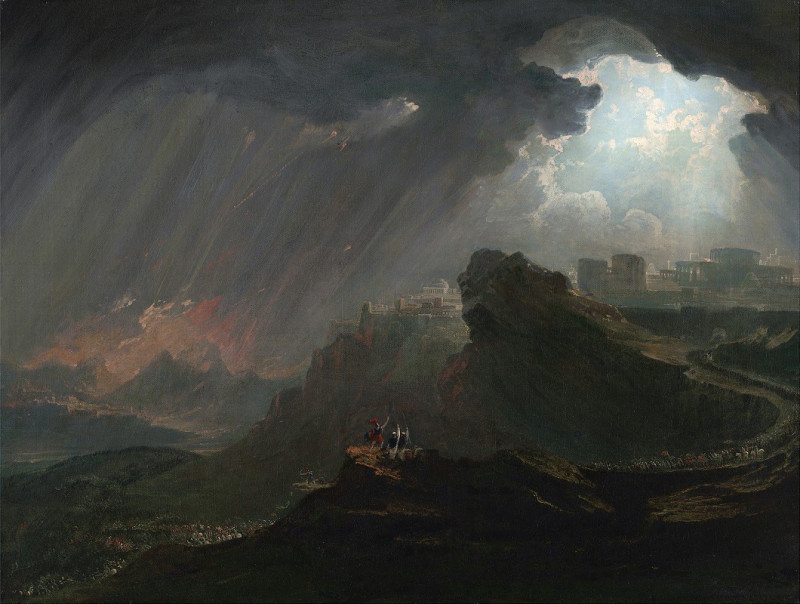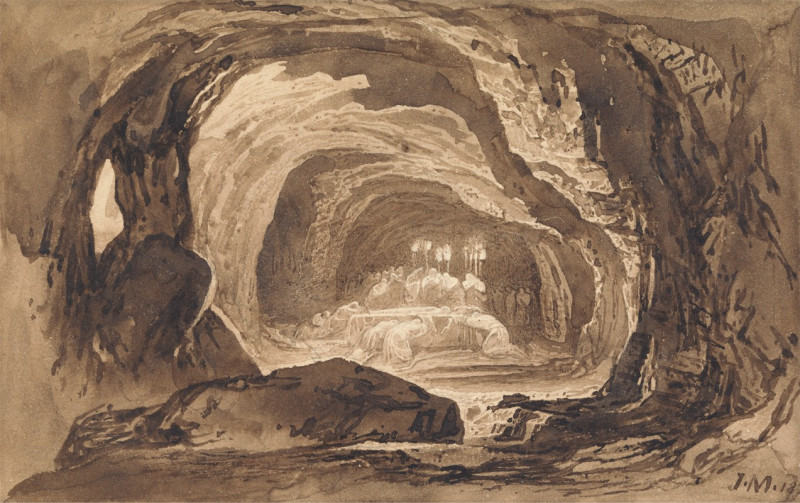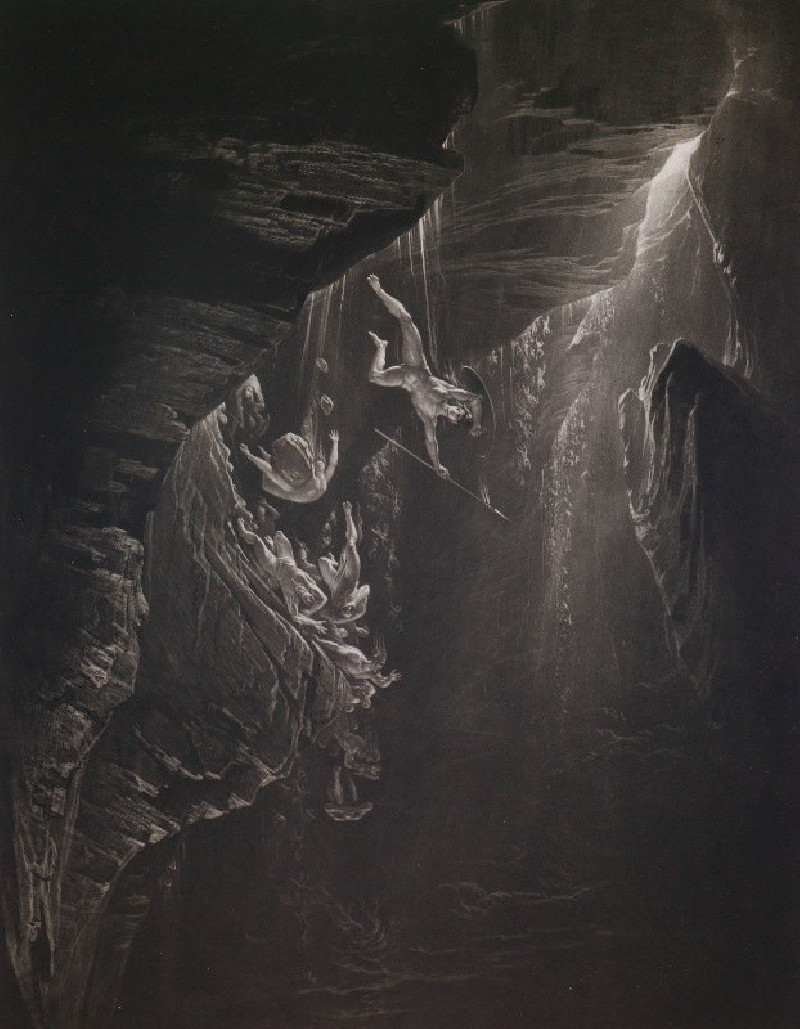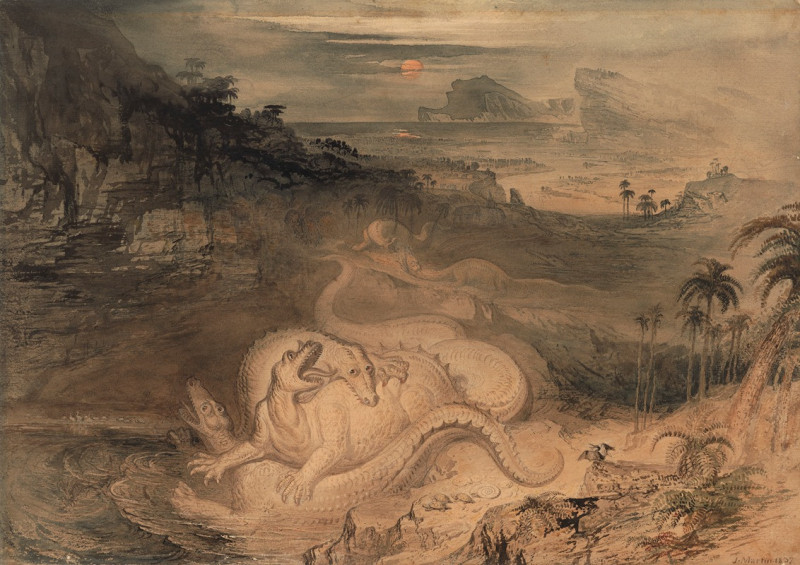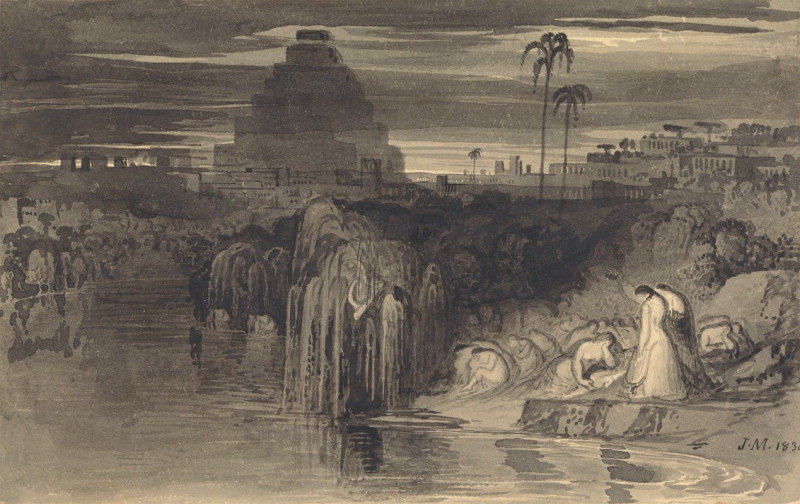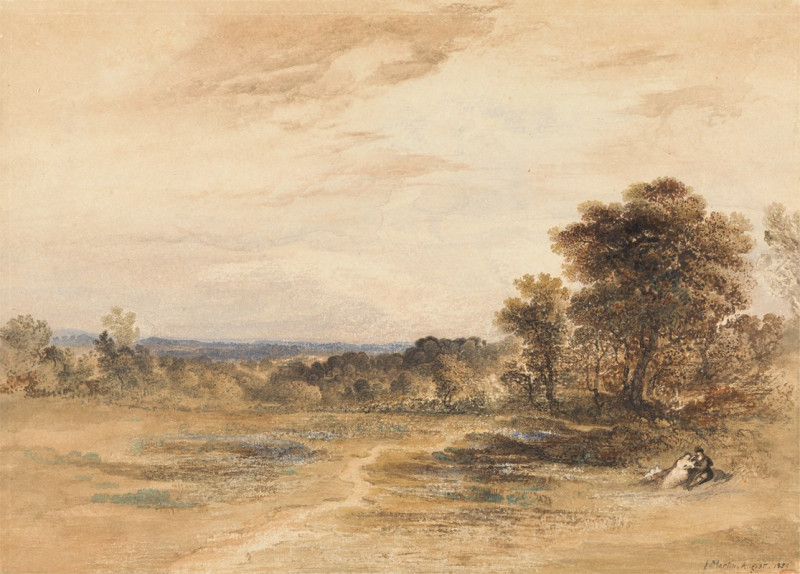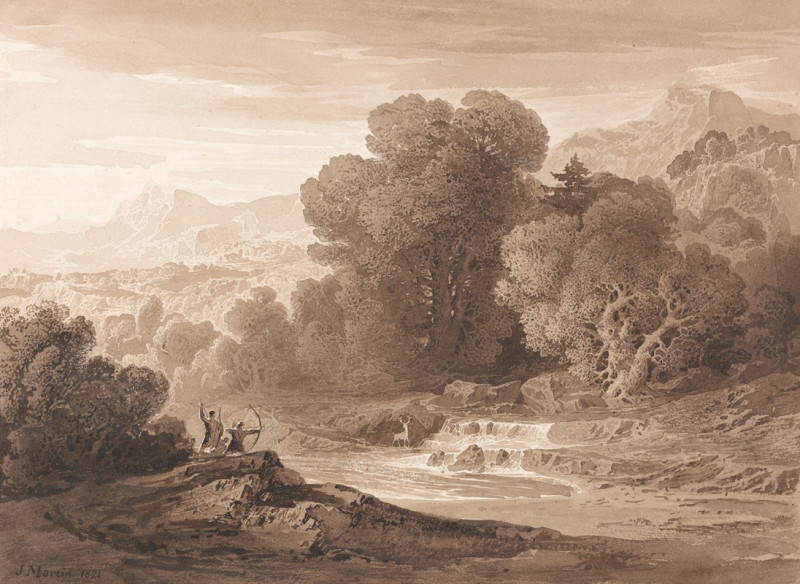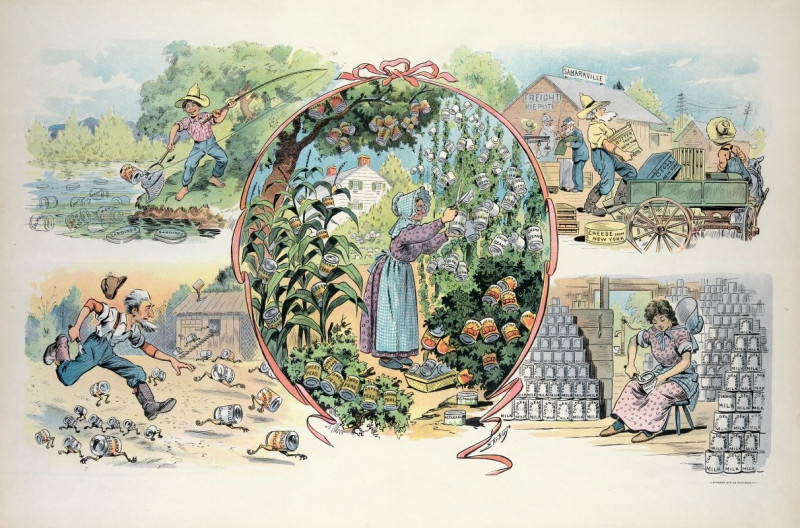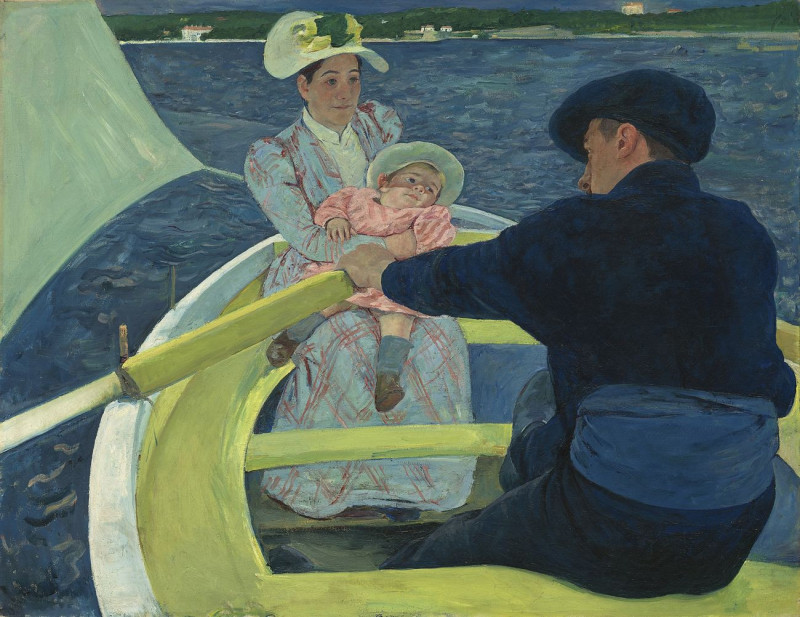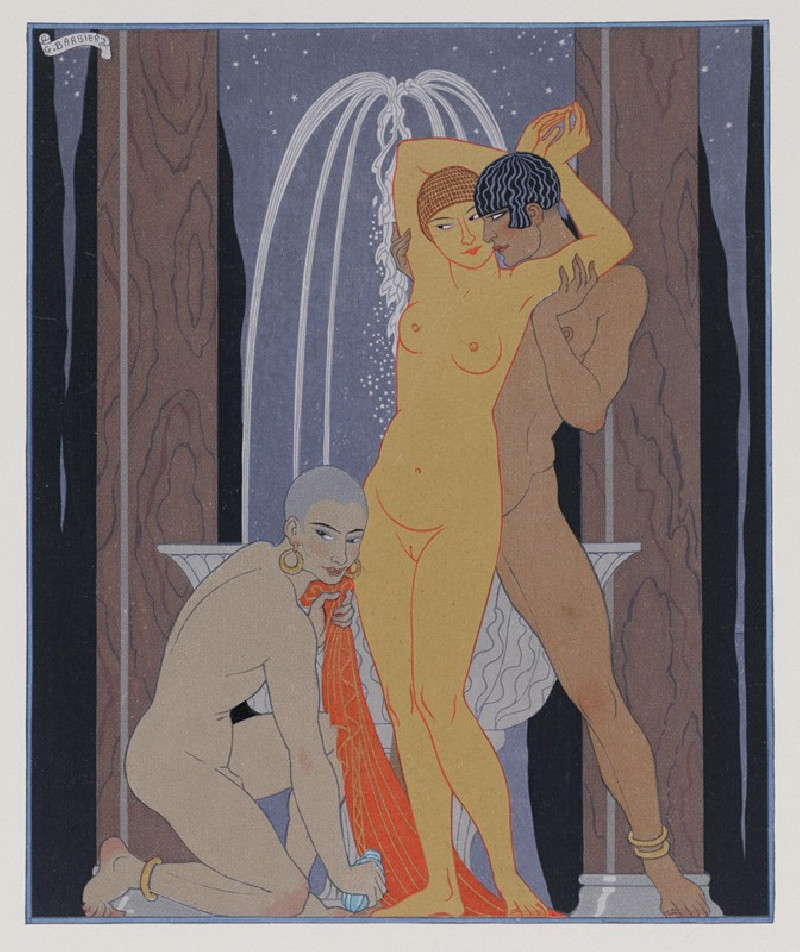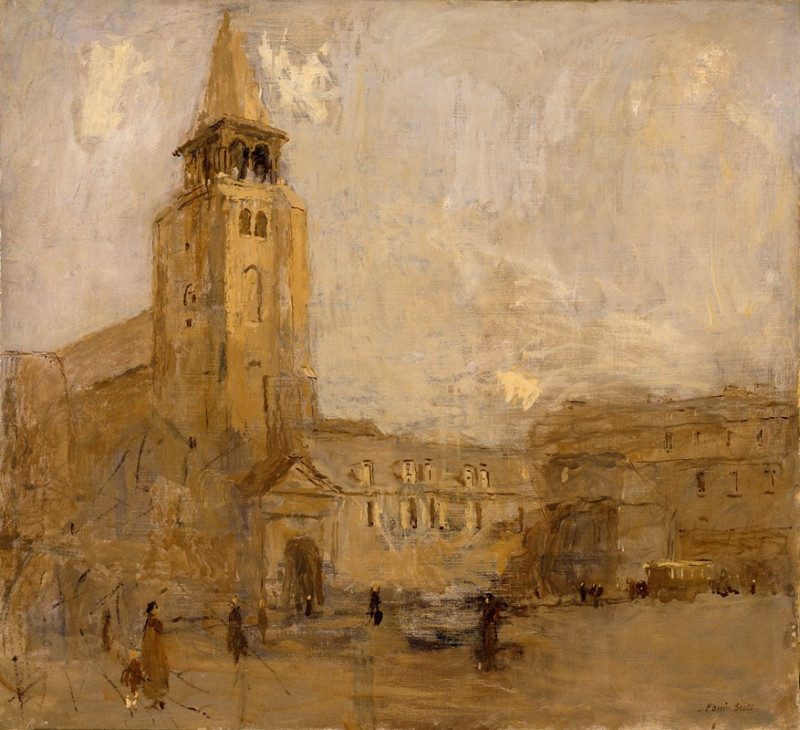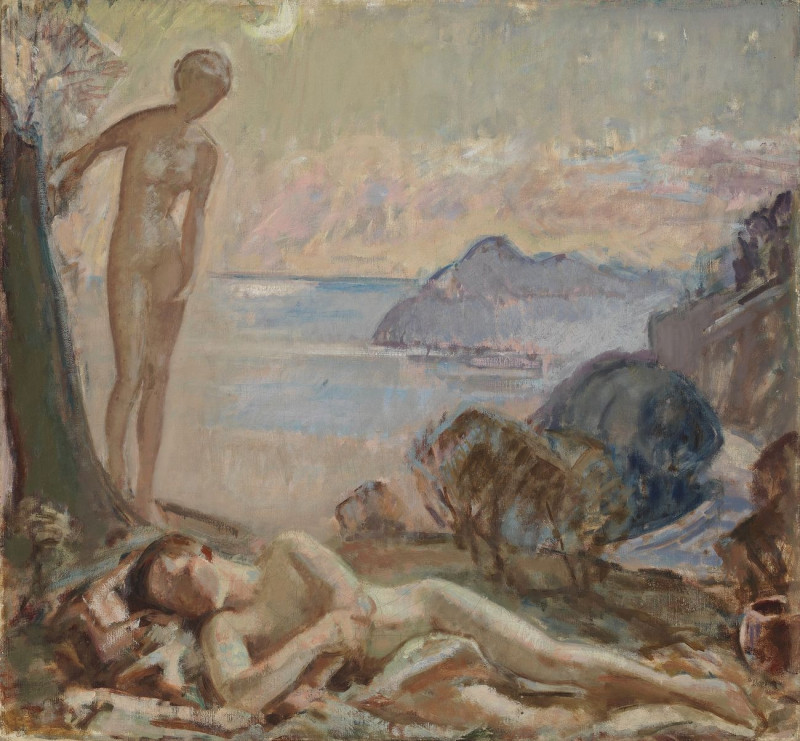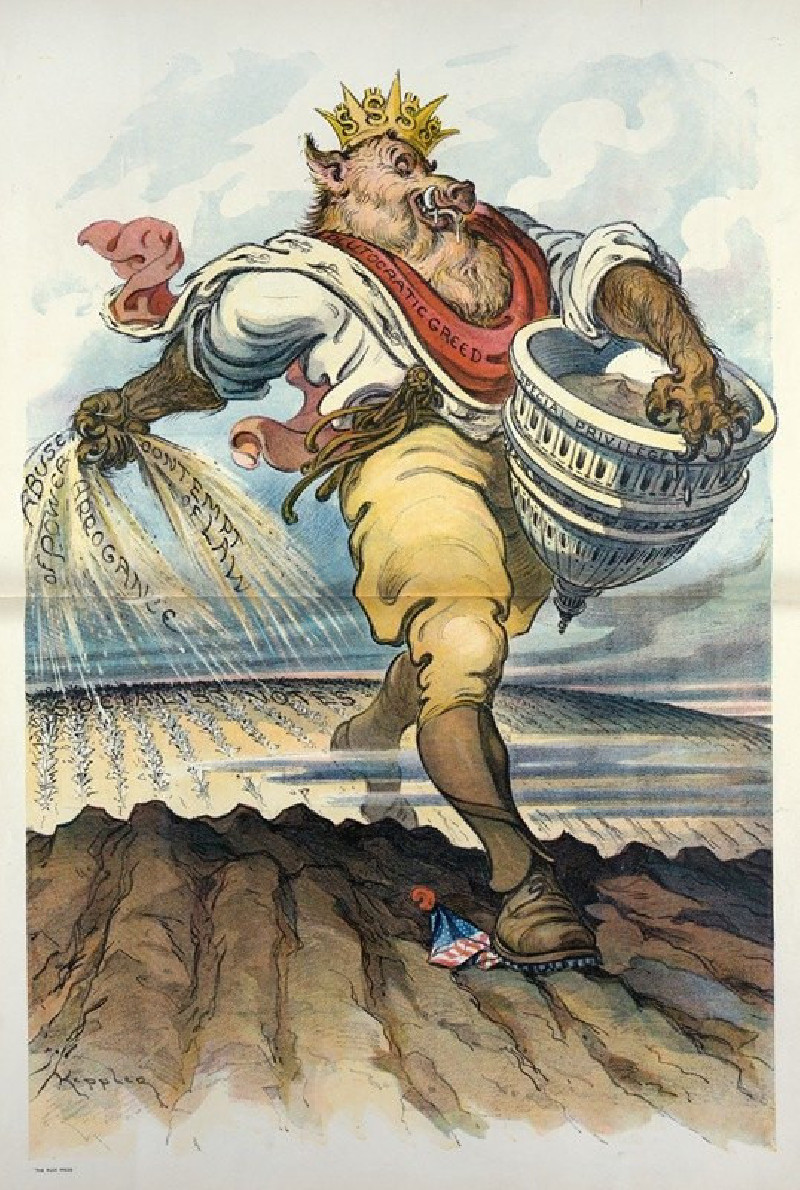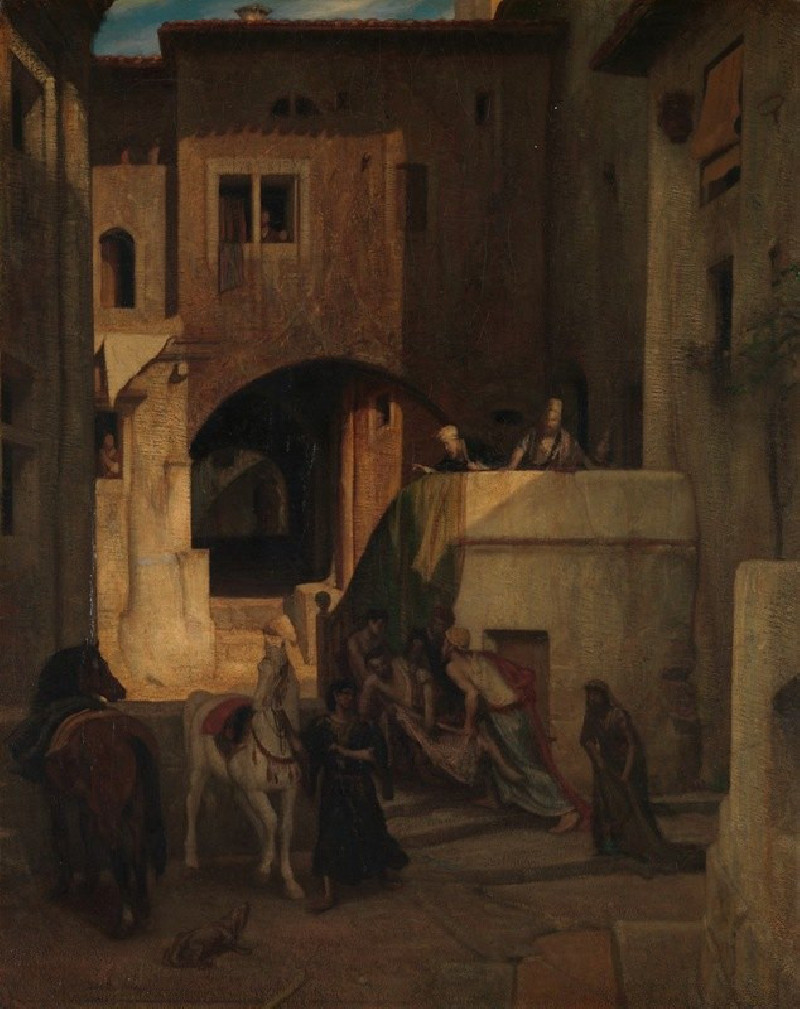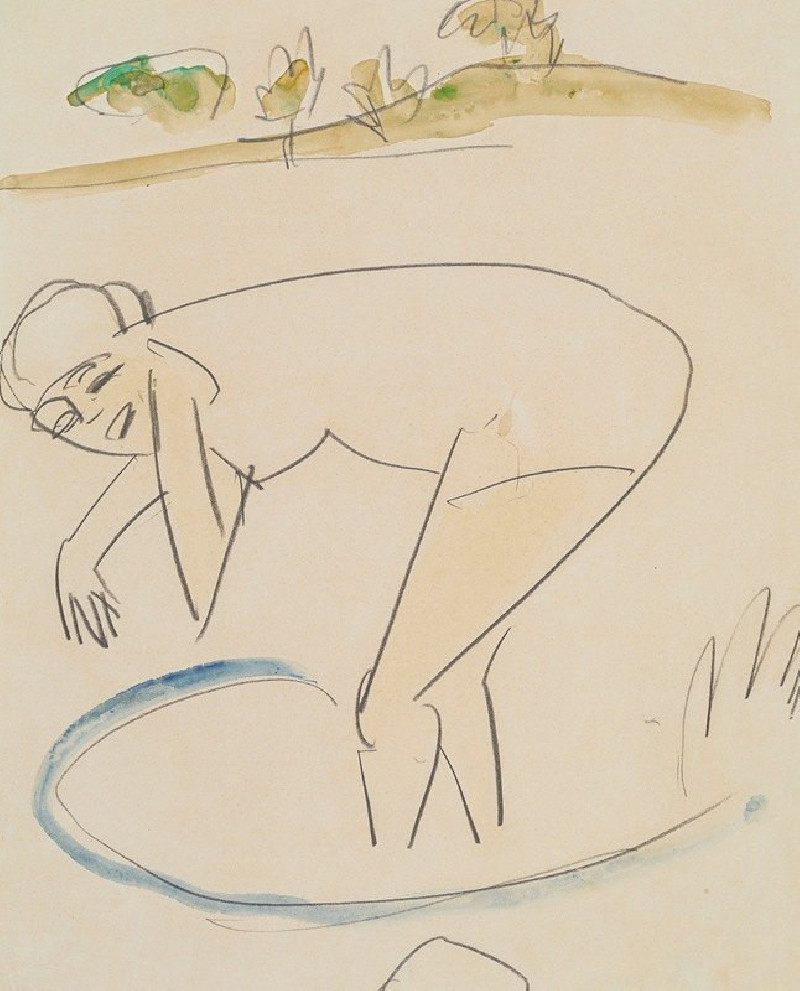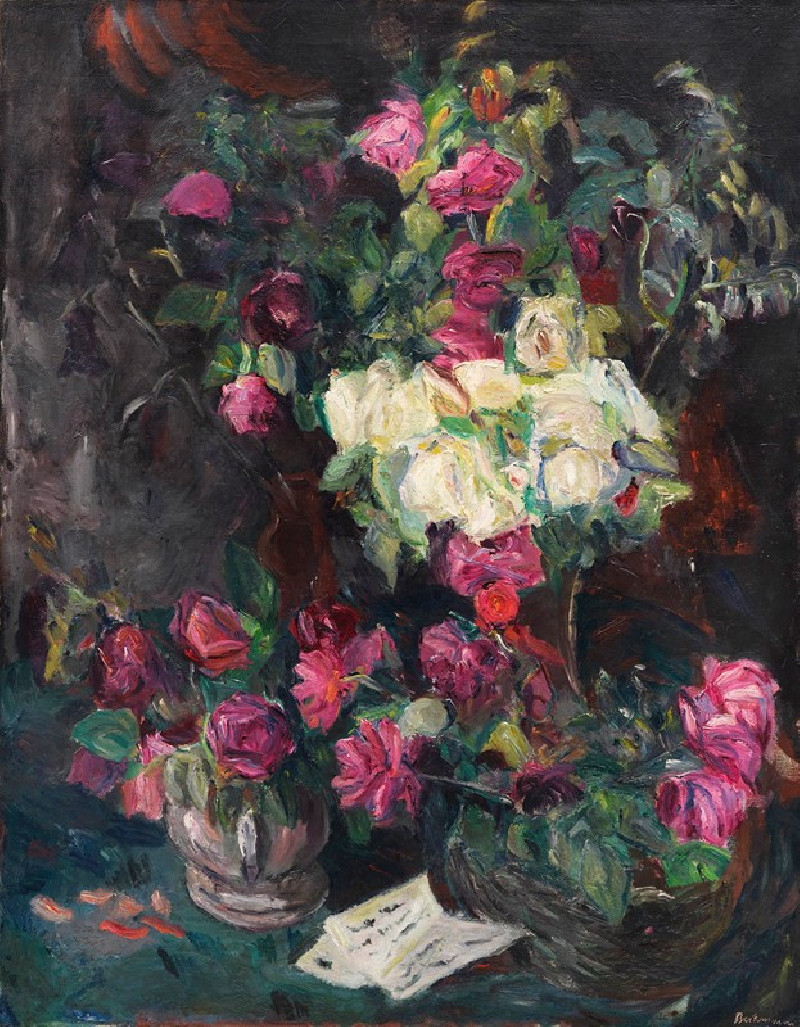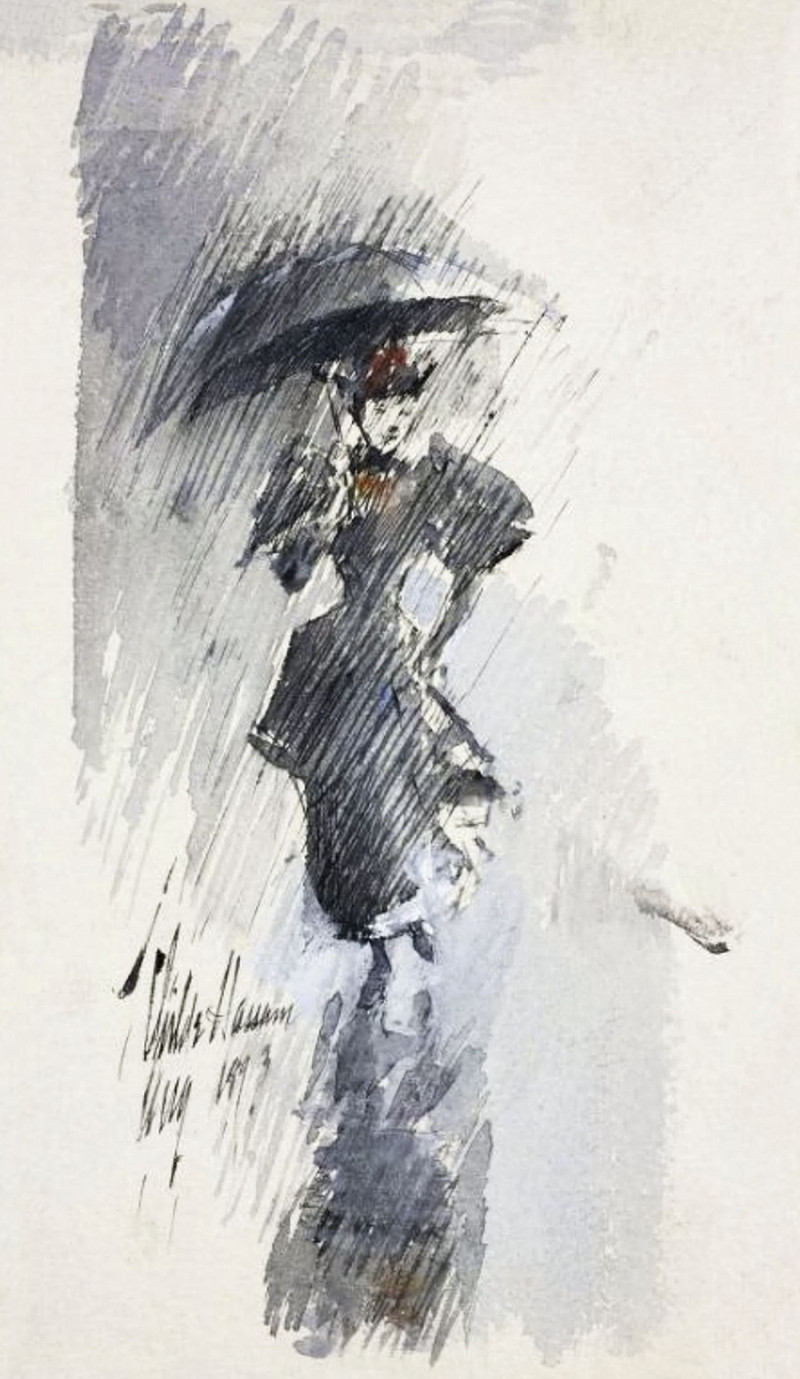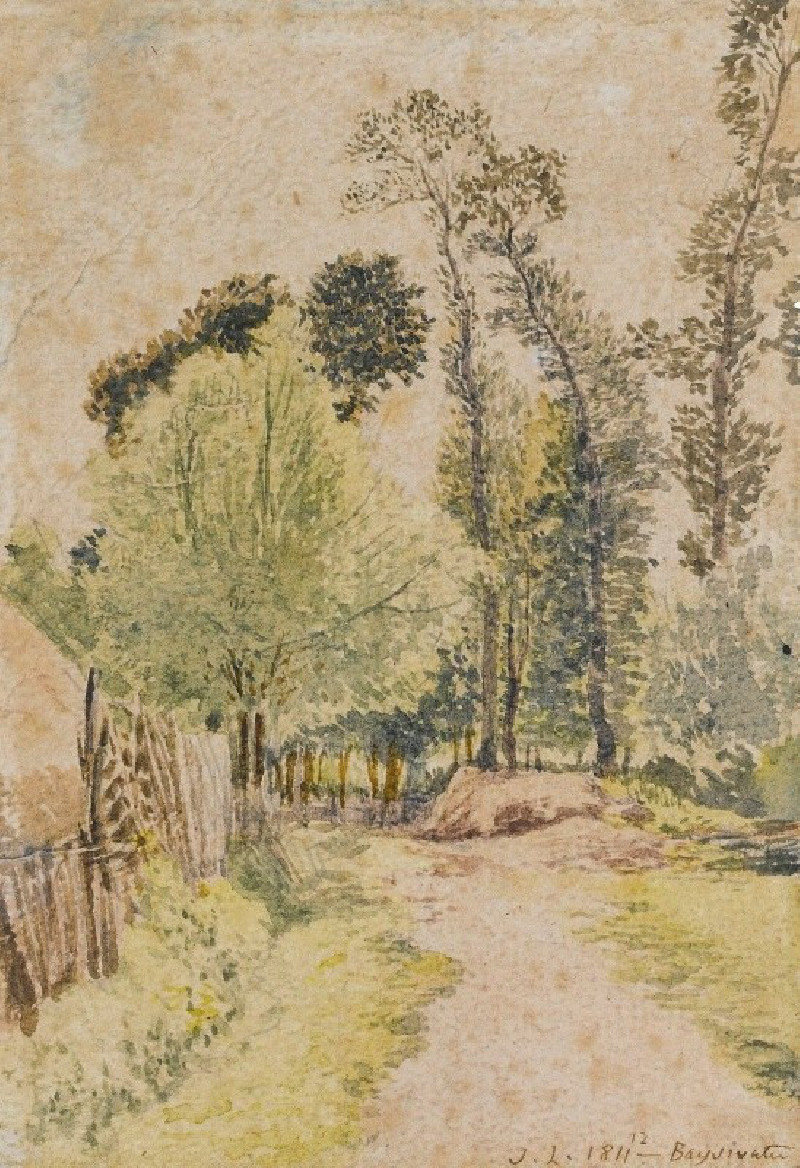Death of the First Born (1836)
Technique: Giclée quality print
Recommended by our customers
More about this artwork
John Martin's 1836 masterpiece, "Death of the First Born," masterfully portrays a poignant and agonizing moment in ancient history. The artwork graphically illustrates the biblical plague in which the firstborn of Egypt are struck down, as told in the book of Exodus. This event ultimately led to the release of the Israelites from Egyptian bondage.Set in an imposing and opulent Egyptian palace, the painting captures the contrast between majestic architectural grandeur and human despair. The composition is filled with vertical pillars that draw the eyes upward, symbolizing perhaps the unreachable might of divine intervention against human arrogance. The foreground is dominated by chaotic and emotionally charged figures; grieving mothers cradle their deceased children, their expressions and postures conveying overwhelming sorrow and loss.The attention to detail in the textures of the stone columns and the expressive faces of the figures enhances the dramatic impact of the scene. Martin uses light and shadow skillfully to highlight the despair of the bereaved families, with the darker tones reflecting the somber mood of the narrative."Death of the First Born" is not only a visual recount of a biblical tale but also a broader commentary on the themes of judgment, mercy, and the human condition. This work serves as a compelling reminder of the transitory nature of earthly power and the enduring resonance of spiritual truths.
Delivery
Returns
John Martin was an English Romantic painter, engraver and illustrator. He was celebrated for his typically vast and melodramatic paintings of religious subjects and fantastic compositions, populated with minute figures placed in imposing landscapes. Martin's paintings, and the prints made from them, enjoyed great success with the general public—in 1821 Thomas Lawrence referred to him as "the most popular painter of his day"—but were lambasted by John Ruskin and other critics.

